Saratoga Springs, N.Y., was known once upon a time as “the Queen of the Spas” for its numerous natural mineral springs and their supposed health benefit (from both drinking and bathing) for treating things such as mood disorders, scoliosis, gout, dyspepsia, skin diseases and anemia.
Gideon Putnam foresaw that the area could be a health resort, and in 1802 he started by building a tavern across the road from the Congress Spring in what is now Congress Park.
Over the years, many more hotels and bathhouses were built, along with bottling plants to capture the power of the sparkling water that bubbled up from the earth.
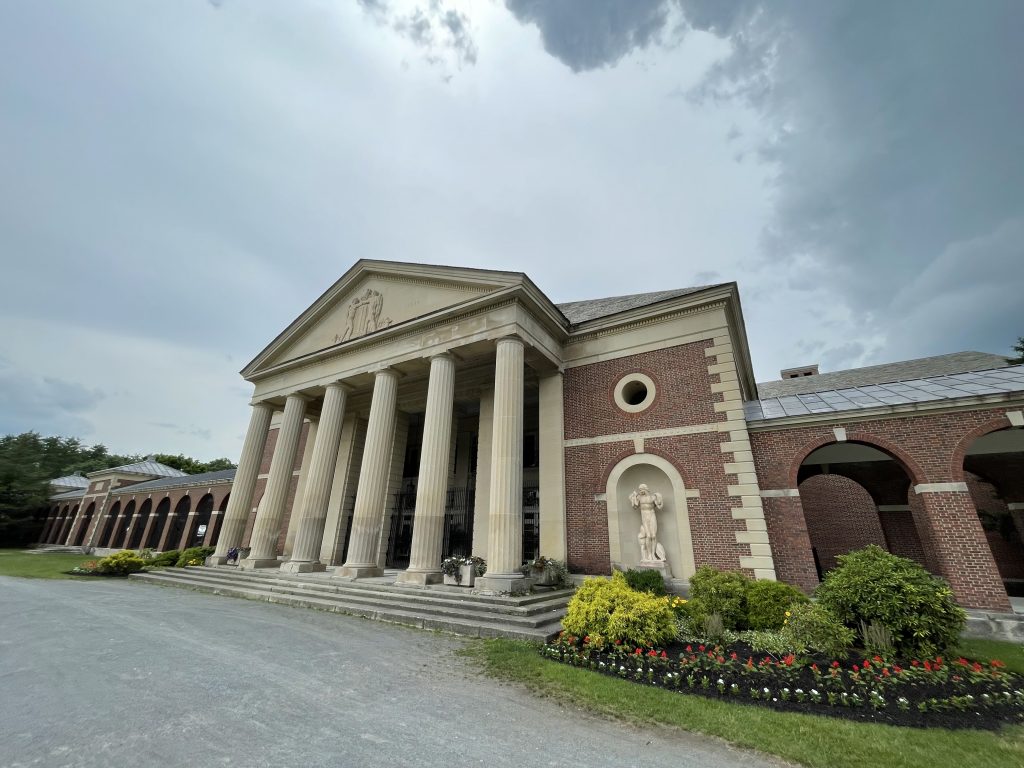
Things were helped along by the arrival of the railroad in 1831, and then by thoroughbred racing in 1863, adding further appeal to the tourist town. Gambling also provided diversion, with the opening of the Canfield Casino in Congress Park in 1870. The summer season began to offer many social engagements and opportunities to “see and be seen.”
Many of the mineral springs are carbonated, the only such springs east of the Rocky Mountains. The water from the springs is high in minerals such as iron, magnesium, calcium, lithium, iodine, chromium, sodium, zinc, and more.
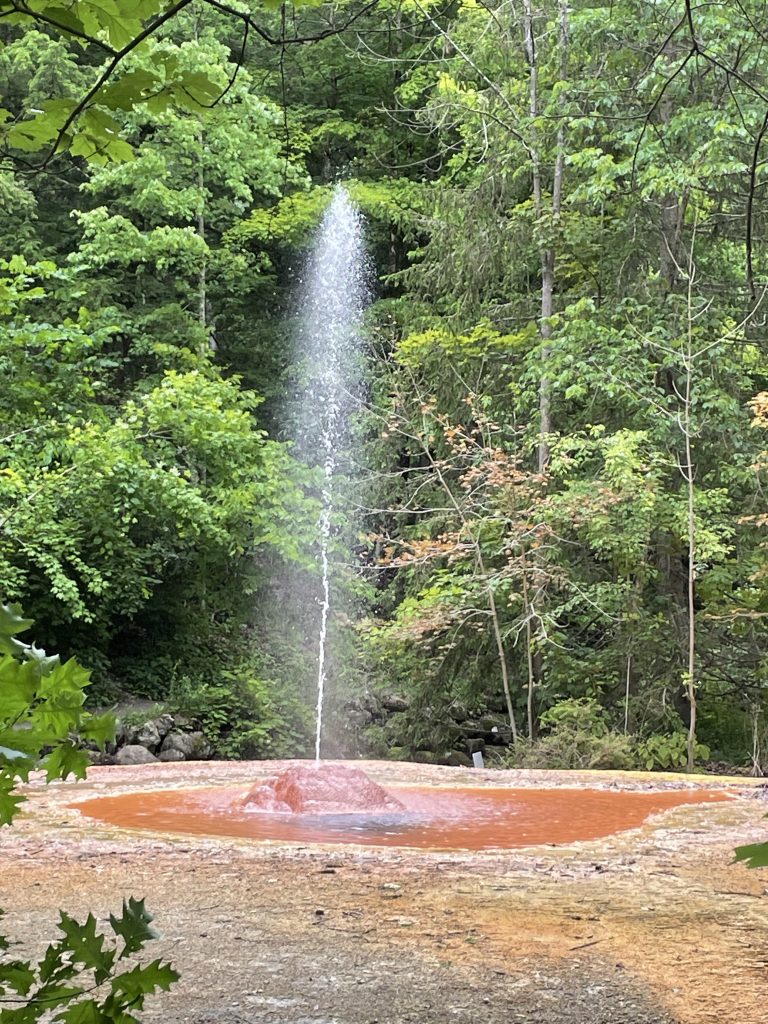
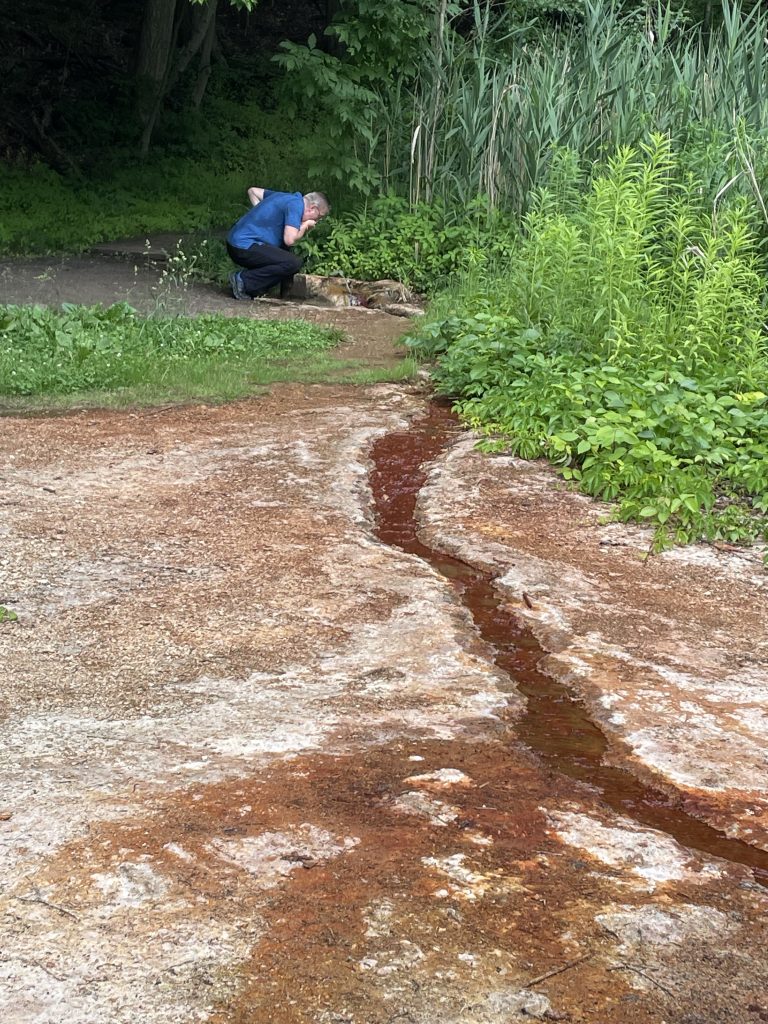
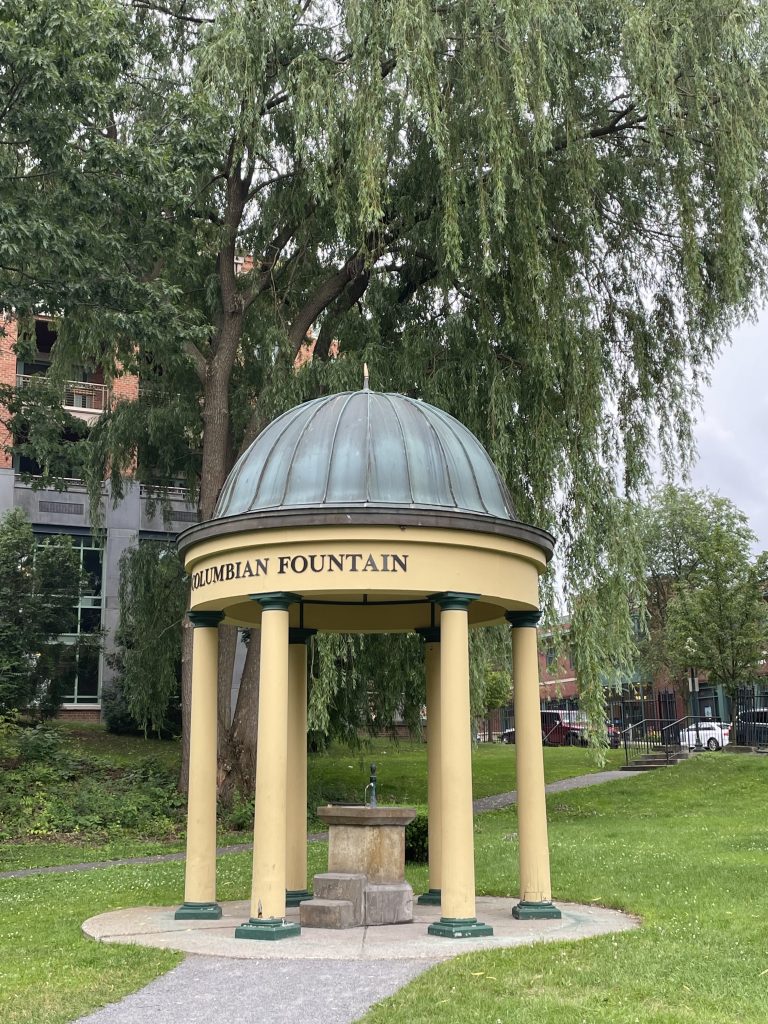
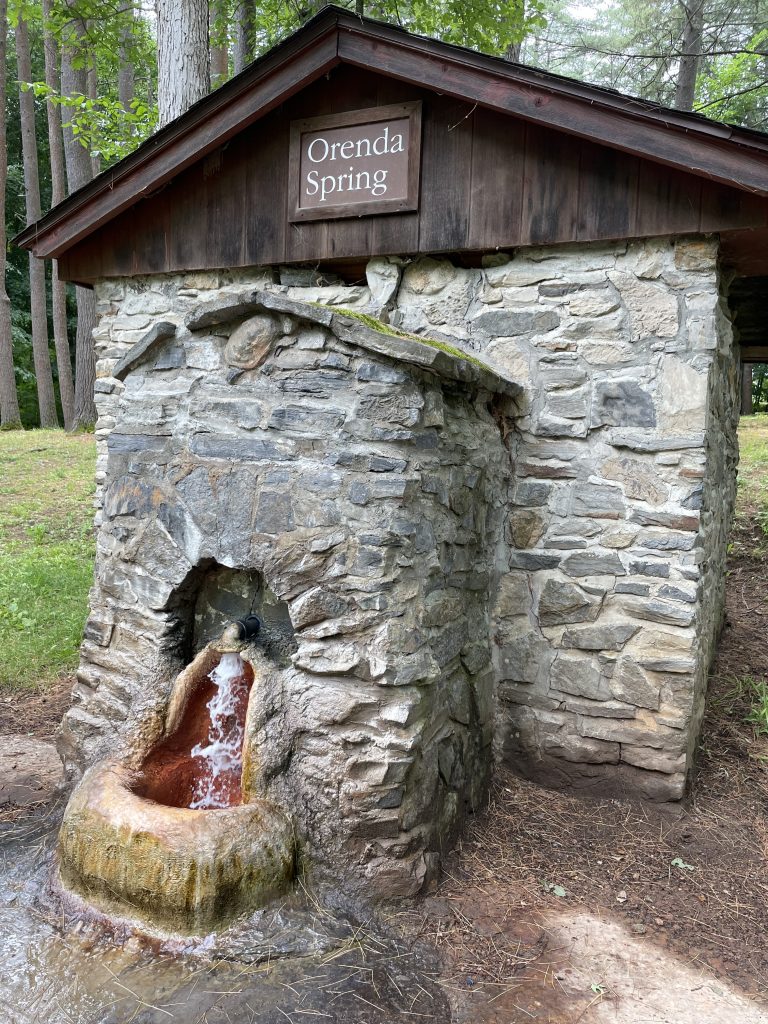
Anti-gambling sentiment at the turn of century was one contributing factor to the change of fortune in Saratoga Springs, but more alarmingly, however, was the depletion of the mineral springs due to the heavy bottling and extraction of carbonic gas for use in soda fountains.
The situation became so dire that the New York State Reservation was created in 1911 to conserve and preserve the mineral waters. At its peak more than 200 springs were flowing, but only 17 productive springs remain today.
Today you can still drink from many of the remaining springs in town, though the high salt content made many of them repulsive to me! The best tasting water had 8.8 ppm of sodium, but several had over 2600 ppm! And it was carbonated on top of that! As you can imagine, I just might have spit a few samples as quickly as I tried them. Several people were filling large containers of water at the low sodium springs.
You can also still soak in the mineral waters at the Roosevelt Bath house and walk some of the pleasure grounds. We did a 4 mile walk at Saratoga Spa State Park (now 2,379 acres), on which we tried the water at several different springs. We then took a much shorter walk through Congress Park, which was improved by the renowned landscape architect Frederick Law Olmstead (of Central Park fame).

The race track at Saragoga is still in operation today, though it hadn’t yet opened for the season when we visited.
However, we were able to visit the National Museum of Racing and Hall of Fame to get a feel for the thoroughbred racing history of the town.
We also visited the Saratoga Automobile Museum, which is housed inside an old spring water bottling plant.
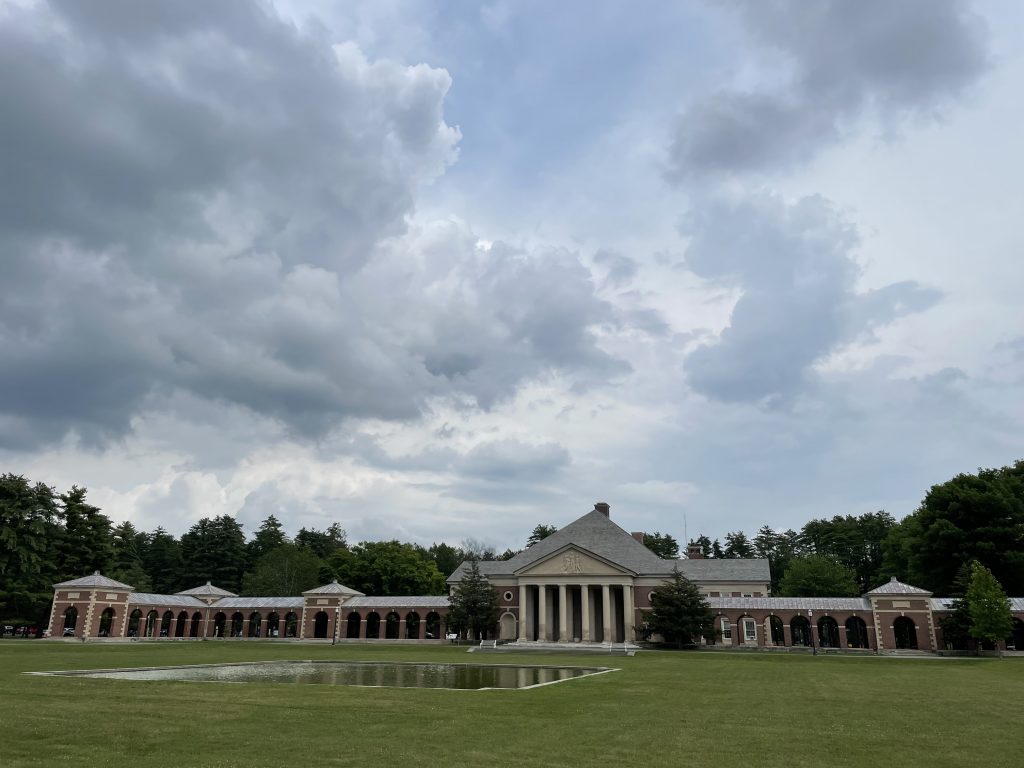
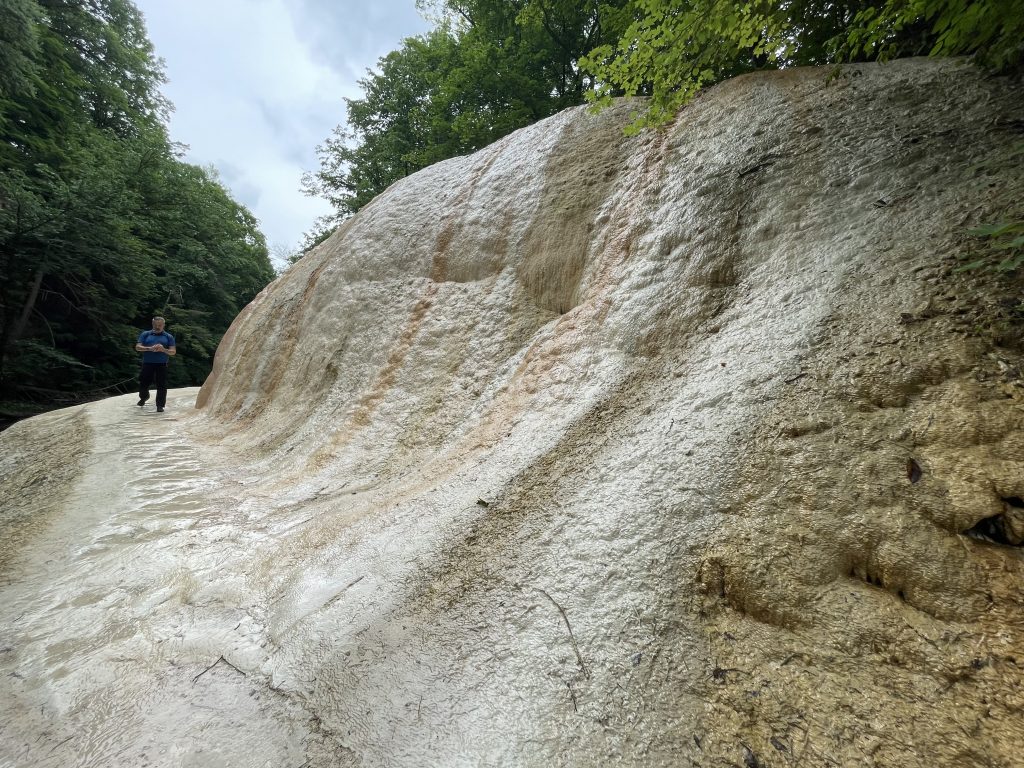
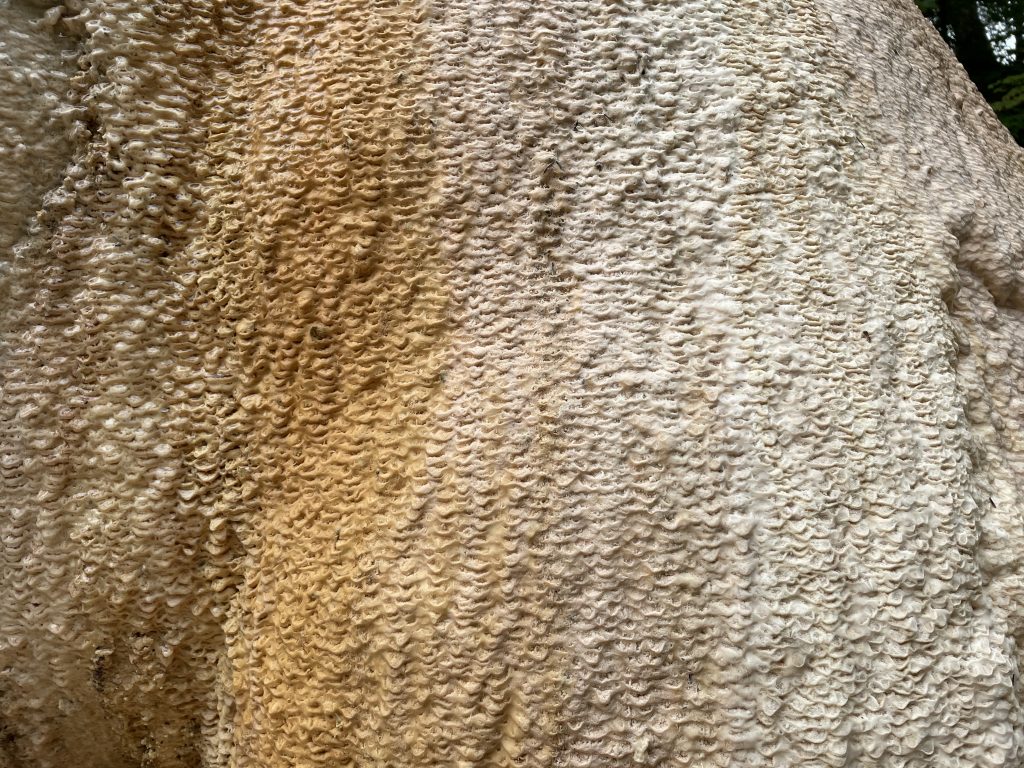
Watch the Geyser Island Spouter in all of its thrilling action at right.




